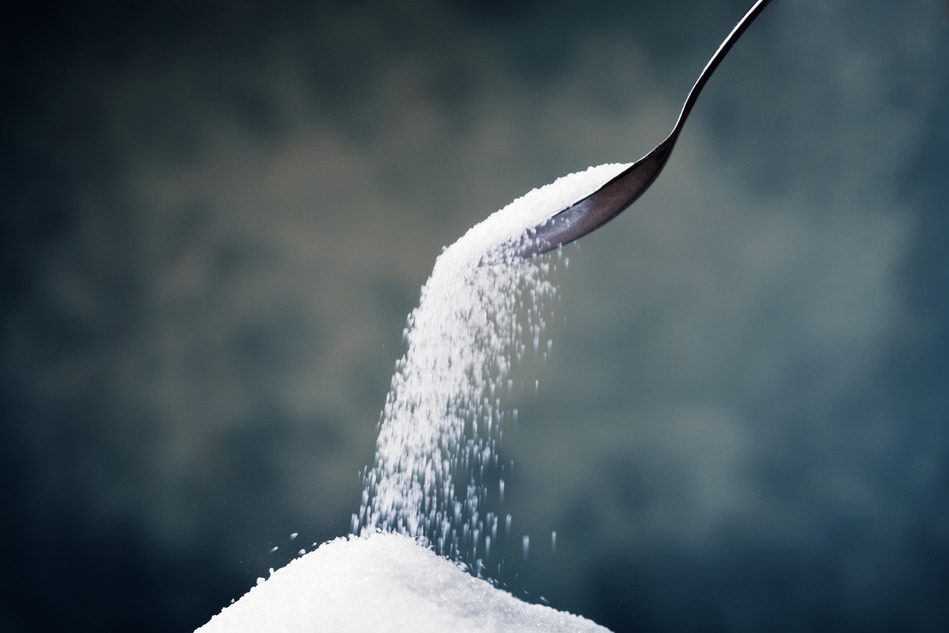
Americans have developed quite a sweet tooth over the past 100 years, particularly from 1970 on. People try to trim their calorie budget in a number of ways, but perhaps the most popular way these days is by cutting sugar. Sugar substitutes, also called non-nutritive sweeteners, have replaced fat reduction as a trend of dieting.
The ideal solution to the American sugar addiction is moderation, but it’s a losing battle for most people when food manufacturers dump it into every recipe on the market. Restaurants update their menu with new sinful treats to appeal to the latest desert craze and keep sales up, and corporate chain restaurant commissaries add extra sugar to products for flavor enhancement. When we consume sugar on such a regular basis, that’s what our body and palate will crave.
Since we are so roped into the taste for super sweet but want to keep obesity at bay, we turn to faux sweeteners for the answer. According to the American Journal of Clinical Nutrition, approximately, one quarter of adults and about 12 percent of children use sugar substitutes.
Two major questions are posed: How safe are these sweeteners for us to eat? Do they really help us keep our weight in check? A few studies have found that people who use artificial sweeteners actually consume more food than those who just eat sugar. They reveal that when our taste buds are tricked into believing that we’ve enjoyed a sweet, our body and brain become wise to the trickery. Our body expected the calories that come with eating sugar, but when they don’t get delivered, our brain will want to make up for it and signal us to eat.
Make no mistake when sweeteners are created they are highly processed substances and not whole foods. They have to be created in a laboratory using chemistry’s “black magic”. Just a pinch of these chemically synthesized sweeteners is all it takes to bring your foods and drinks up to the desired sweetness level. Most of them are at least 300 times sweeter than granulated table sugar in the same volume.
We have what seems like a myriad of them to choose from with the top three being saccharin, aspartame, and sucralose, which are all marketed under various brand names at the grocery store.
Saccharin was questioned for its safety in 1977 after a test conducted on lab mice revealed that the substance caused bladder cancer in the animals. However, the amounts administered to the mice were more than what most humans would consume in a lifetime. In 2000, the FDA no longer considered saccharin to be carcinogenic in the amounts that humans normally consume it.
Aspartame comes under the heaviest fire concerning safety of its consumption. Claims have poured in about adverse effects of consuming aspartame since its approval in the early 1980’s. Everything from digestive problems to cancer, and induced coma in diabetics are some claims made against this non-caloric sweetener. Studies suggest that the average person may not be directly harmed by consumption of the substance unless they eat exorbitant amounts of it, but ultimately the safety of its consumption is still questionable. The only proven harm is to carriers of the rare disease, Phenylketonuria, who are advised never to consume aspartame. This is because one of the components aspartame is broken down into in our bodies is phenylalanine, and Phenylketonurics are severely restricted as to how much they can consume over their life time. Some studies claim to confirm the link between certain cancers and consumption of aspartame, but there are still no consistent guarantees of this outcome from person to person.
Sucralose is deemed to be the least risky of the most popular sugar substitutes and can be used for baking since the molecule can withstand high amounts of heat. Again, there are a variety of different claims made about safety and risks associated with the “left-handed sugar”, but nothing is very conclusive.
At the end of it all, nobody knows for sure how safe these sweeteners are for our consumption. Any synthetic food is questionable, but ultimately we need to use discretion and decide for ourselves what the best fuel for our body is. This requires listening to our body and really getting in tune with how certain foods make us feel, and consume everything in moderation for a better dietary balance.

